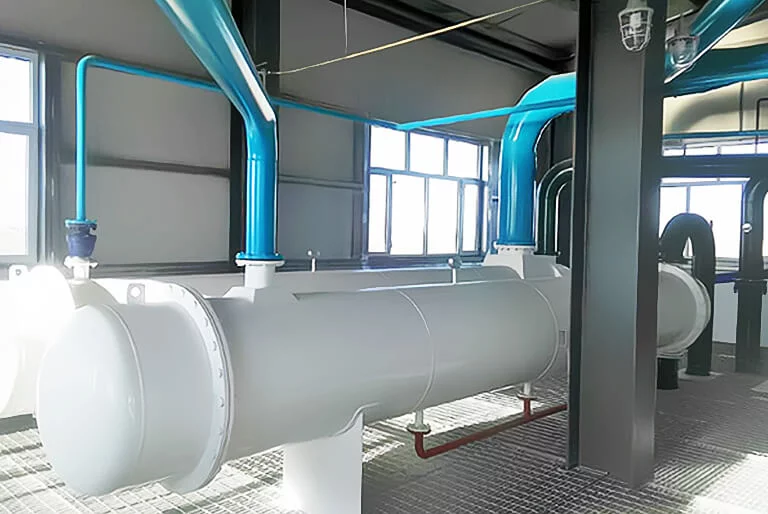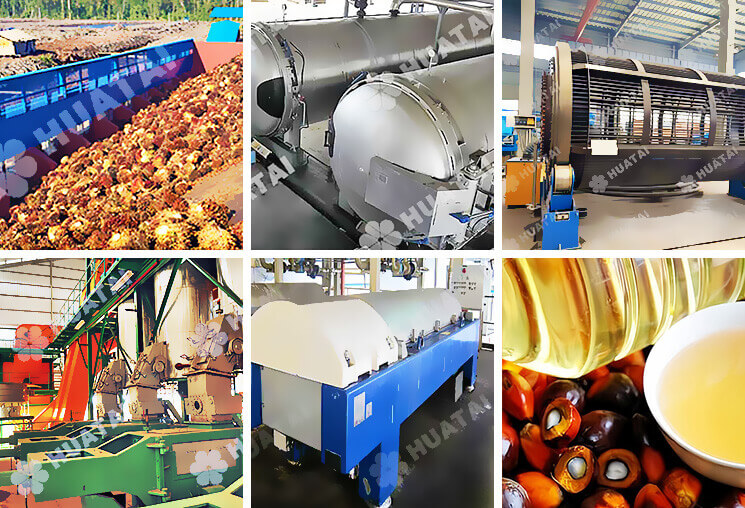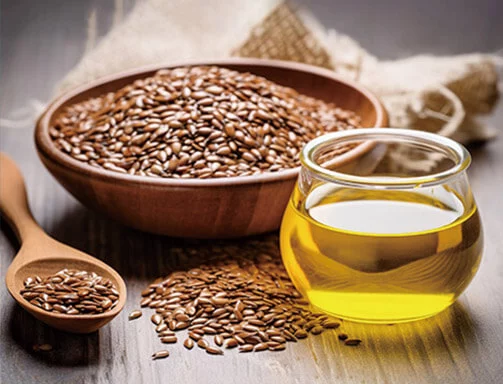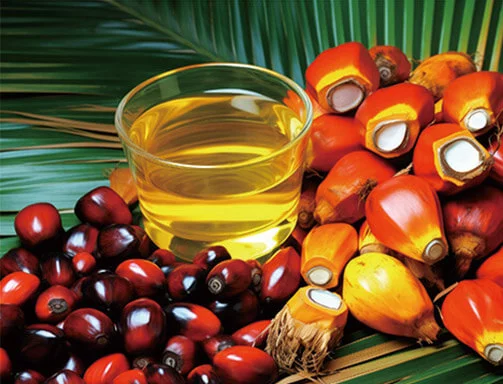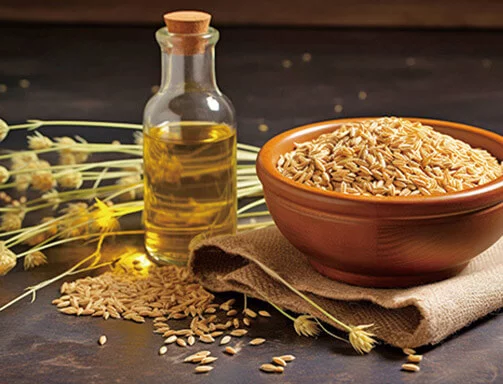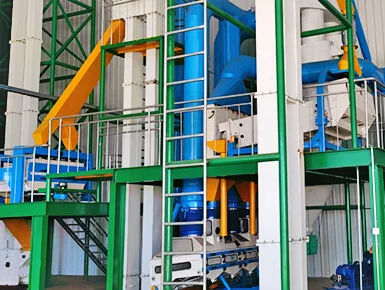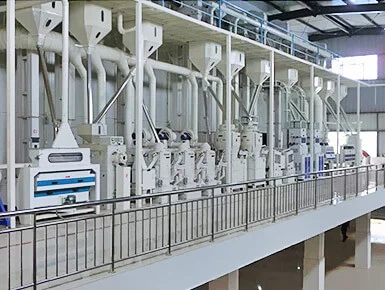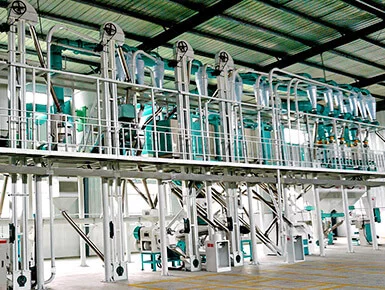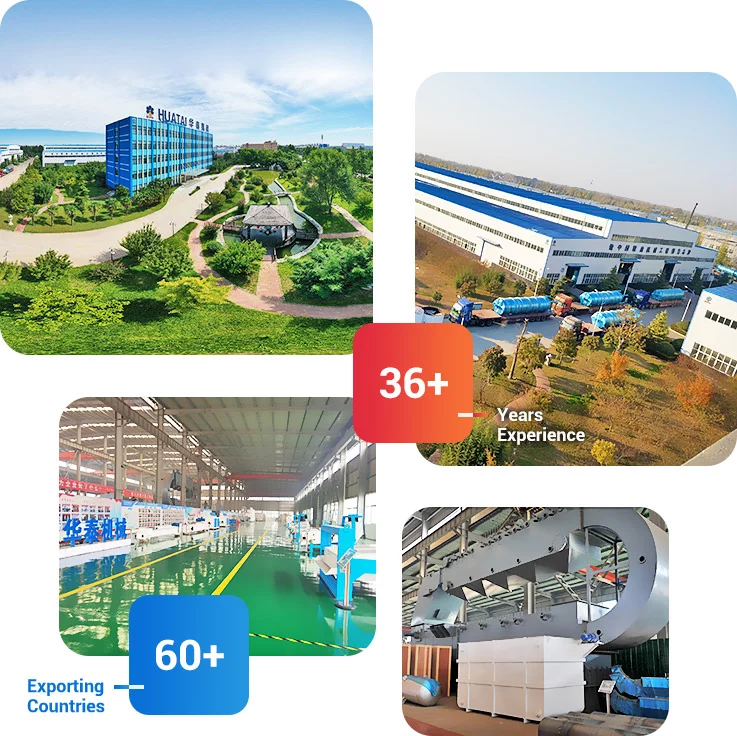![5 Steps Palm Oil Deodorization Process]()
Introduction
The palm oil deodorization process, part of the refining sequence, removes free fatty acids (FFAs), aldehydes, ketones, and odoriferous substances, enhancing sensory quality, oxidative stability, and suitability for consumption or further processing.
In this guide, we’ll walk through the step-by-step process of deodorizing palm oil and explain why it is essential for high-quality oil production.
Step #1: Deaeration
The first step in the deodorization of palm oil is deaeration. Before heating, the bleached palm oil is deaerated to remove dissolved air and oxygen. Preventing oxidation and polymerization during high-temperature processing.
This is typically done at 50 mbar, sometimes with sparge steam, in a separate vessel or integrated compartment.
Step #2: Pre-stripping and retention
After deaeration, the oil is heated and passed through a structured packing in the upper part of the deodorization tower.
Steam is introduced to strip away FFAs, with the oil retained in the packing for effective removal. Temperatures are typically 240-260°C, under vacuum, with steam flow rates of 0.5-3% by weight.
The packing enhances contact between steam and oil, facilitating the removal of volatile compounds. Retention time ensures thorough stripping, reducing FFA levels from 3-5% to below 0.5%.
Packing material and steam flow rate impact efficiency, with continuous systems offering better heat recovery (up to 85%) compared to batch systems, which may take 6 hours.
![Huatai deodorization of palm oil equipment]()
Step #3: Post-stripping and GE stripping
Then, the oil moves to the lower part of the deodorization tower. Equipped with a plate tower for post-stripping. Here, hot decolorizing occurs, breaking down heat-sensitive color pigments and reducing peroxide value to zero.
Temperatures are maintained at 240-260°C, with a focus on minimizing glycidyl ester (GE) formation.
Vacuum pressure (10-80 kPa) and steam flow are critical, with modern systems using lower temperatures and less steam to reduce GE and trans-fatty acid (TFA) formation.
Step #4: Condensing removed impurities
After stripping, the volatile compounds (FFAs, aldehydes, ketones) are condensed and collected. This is done using heat exchangers or condensers, recovering valuable by-products like fatty acids for use in soap or chemical industries.
Condensing not only reduces waste but also enhances process economics, with recovered FFAs stored separately for further use.
![Palm oil deodorization machine horizontal condenser]()
Step #5: Cooling
Post-deodorization, the oil is cooled to 80-85°C initially via heat exchange with incoming crude oil, recovering heat, and then to below 50°C for storage.
Cooling prevents further reactions, ensuring stability for long-term storage. It also makes the oil safer to handle, with final temperatures ensuring no thermal degradation. (You may also be interested in: fractionated palm oil >>)
Conclusion
The palm oil deodorization process is vital for producing high-quality, odorless palm oil, involving deaeration, pre-stripping, post-stripping, condensing, and cooling. condensing, and cooling.
Henan Huatai Group is a reliable vegetable oil refinery manufacturer, we can provide complete turnkey palm oil refinery plant solutions. If you're looking to invest in a palm oil deodorization system, contact us now!
Frequently Asked Questions
Why does palm oil need deodorization?
Palm oil needs deodorization to remove odors, free fatty acids (FFAs), and volatile compounds like aldehydes and ketones, which affect its taste and smell. This makes the oil neutral and suitable for cooking and industrial use.
What is the process of deodorization of oil?
The process involves heating the oil to 240-260°C under vacuum, using steam to strip away volatile compounds. The oil is then cooled and stored. It includes steps like deaeration, stripping, condensing impurities, and cooling.
What is the principle of palm oil deodorization?
The principle is to remove volatile compounds by heating the oil under vacuum, using steam to carry away odors and FFAs. This ensures a neutral taste and extended shelf life.
What affects palm oil deodorization?
Factors include temperature, vacuum pressure, steam flow, and oil quality. Higher temperatures increase efficiency but risk forming glycidyl esters (GE). Optimal conditions balance removal of impurities with minimal GE formation.
What is the temperature of deodorization?
For palm oil, deodorization typically occurs at 240-260°C. This temperature range ensures effective removal of volatile compounds while minimizing the formation of harmful by-products like GE.
References:
![]() Service Coverage
Service Coverage
![]() FAQ
FAQ



